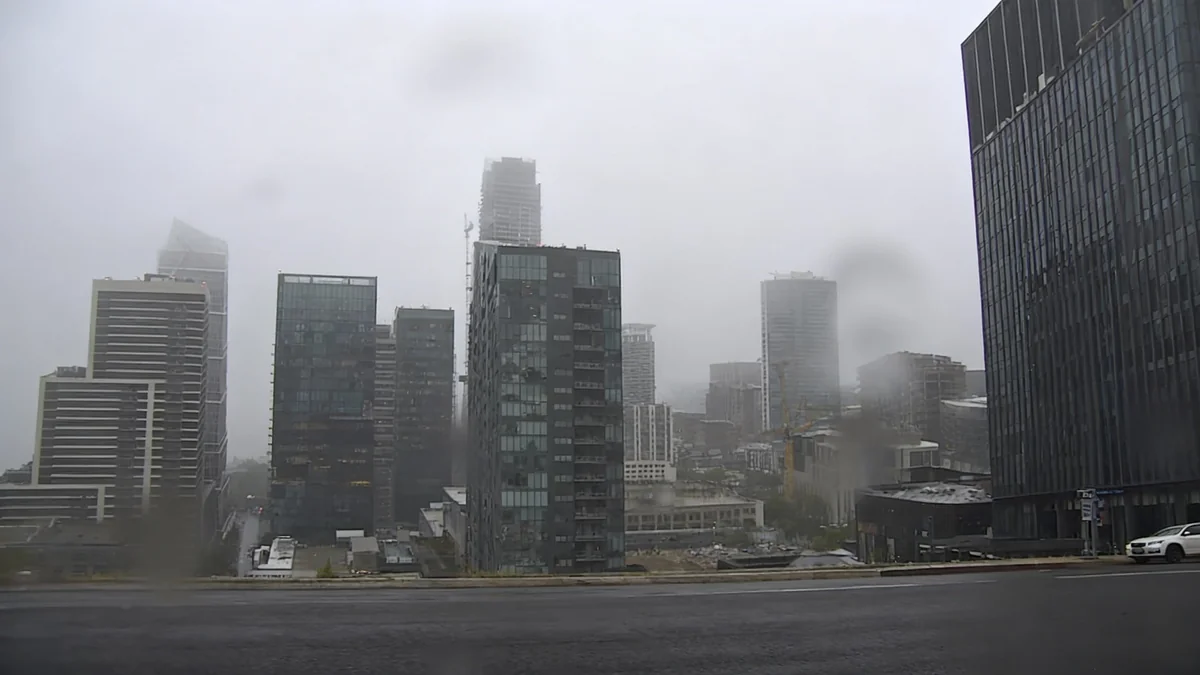The Austin Independent School District is confronting the possibility of a significant drop in student enrollment as it moves forward with a controversial plan to close 13 schools. With a final vote scheduled for November 20, some parents are already exploring educational options outside the district, creating uncertainty for the district's long-term strategy.
District officials maintain the consolidation is necessary to address severe financial pressures and imbalances in student population, where some schools are overcrowded while others are half-empty. However, the plan has been met with resistance from families who fear the disruption and question the district's calculations.
Key Takeaways
- Austin ISD proposes closing 13 schools to address budget issues and uneven student distribution.
- A final vote on the consolidation plan is set for November 20.
- Some parents are considering withdrawing their children from the district if the plan is approved.
- The district acknowledges potential short-term enrollment losses but believes the changes will create stronger, better-resourced schools in the long run.
The Heart of the Issue: Consolidation and Community Concerns
The Austin Independent School District's draft plan proposes significant changes that would affect the vast majority of its schools. According to district data, an estimated 98% of schools would see impacts from boundary adjustments under the current proposal. This widespread change is a response to a critical imbalance: many neighborhood schools have more available seats than students enrolled.
Superintendent Matias Segura addressed the difficult situation, acknowledging the community's concerns. "I certainly understand those comments," Segura stated. "I hope our families choose us and understand that the reason we are doing this is not because we just want to make a change, it is because we are facing severe pressures."
The district's goal is to create more efficient, vibrant, and well-resourced schools. By consolidating resources from underutilized facilities, AISD aims to provide a better educational experience for all students. However, for many families, the plan means uprooting their children from familiar environments and communities.
Parents Weigh Their Options
For some parents, the proposed closures are a breaking point. Several have indicated they are actively looking at charter schools, private schools, or even moving to a different district. This potential exodus raises questions about the accuracy of the district's projections for future school utilization rates.
Tanner Van Essen, a parent at Becker Elementary—one of the schools slated for closure—voiced his skepticism. "How can you make a plan without accounting for even general attrition, let alone people are mad attrition and still think that you are being fiscally responsible?" he asked.
This sentiment reflects a core concern among parents: that the district's plan to increase efficiency by moving students into fewer schools might be undermined if a significant number of those students leave the system entirely.
13 Schools on the Closure List
The current draft plan identifies the following 13 schools for closure: Barrington, Becker, Bryker Woods, Dawson, Maplewood, Oak Springs, Palm, Ridgetop, Sunset Valley, Widén, and Winn Montessori elementary schools, along with Bedichek and Martin middle schools.
District's Response and Long-Term Vision
AISD officials have confirmed that their current models did not make specific adjustments based on threats from parents to leave the district. Superintendent Segura explained the rationale behind this decision.
"Regarding whether we made adjustments based on feedback about threats to leave, no, we really let the data focus on historically underserved students, the misalignments, the efficiencies, the goals, to drive our work."
The district is focusing on what it sees as the fundamental drivers for the change, rather than reacting to potential short-term enrollment fluctuations. An AISD spokesperson elaborated on this long-term strategy, expressing confidence that families will ultimately be won over by the results.
"While we anticipate there could be short term losses, which we intend to mitigate, we are basing our decisions off the long-term," the spokesperson said. "We firmly believe that we will win families back by delivering on our vision of giving every family access to an excellent neighborhood school, one that is vibrant, well resourced, and able to meet the needs of every child."
A Proactive Strategy
Following the November 20 vote, AISD plans to launch a dedicated recruitment and retention campaign. This initiative will aim to mitigate the anticipated short-term enrollment losses and showcase the benefits of the newly consolidated school system to both existing and prospective families.
What Happens Next?
The Board of Trustees is scheduled to vote on the final consolidation plan on November 20. This decision will cap months of community meetings, public feedback, and internal analysis. The outcome will set the course for the district for years to come.
If the plan is approved, the process of repurposing the closed school buildings will begin in January. The district will evaluate each of the 13 properties to determine its future. The options on the table include:
- Reusing the property for other district purposes, such as administrative offices or special programs.
- Leasing the building to another organization, which could generate ongoing revenue.
- Selling the property outright, providing a one-time infusion of funds.
The district has used all three approaches in the past with other closed facilities. As the vote nears, Austin families are left to wait and see what the future holds for their neighborhood schools and for the district as a whole. The decision made on November 20 will not only redraw school boundaries but could also reshape the educational landscape of the city.





